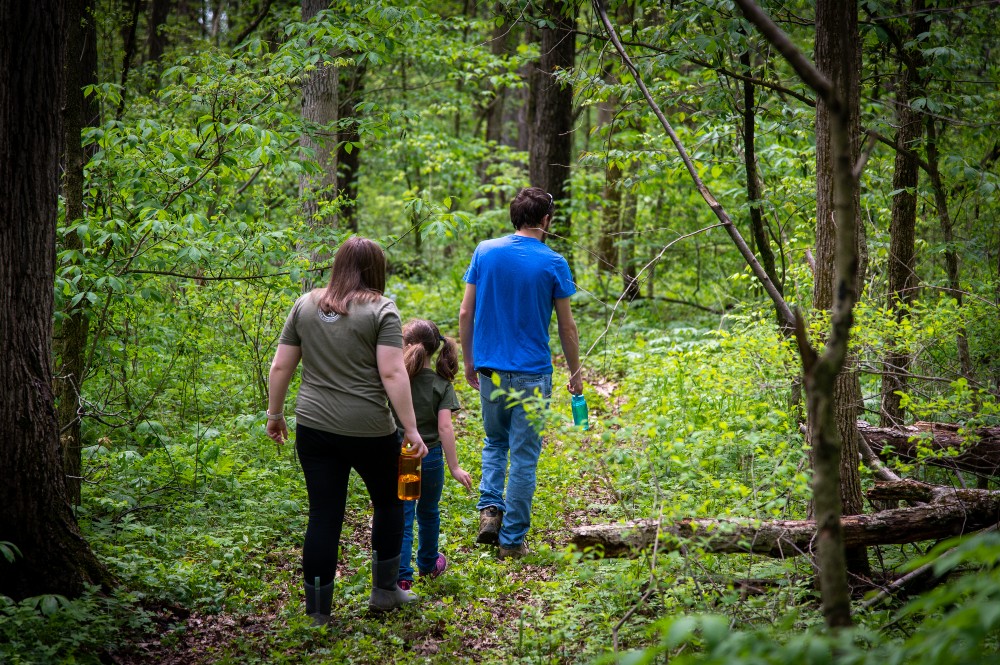As I sat down to draft this article about the health benefits of spending time in nature, I hit writer’s block. My computer’s cursor blinked impatiently, waiting for words that were not coming.
As the day went on, the clock on the wall chided me with each “tsk” of a second passing. And then the answer came to me–this creative block could be cured by the very subject I was planning to cover. It was time to go outside.
Ecopsychology is a field that explores the expanding emotional connection between people and the natural world. With its advent, there’s mounting proof that spending time in nature is significantly linked to better moods and improved cognitive performance. The question is, how much time outdoors is enough to achieve this finer outlook on life? Is a five-minute walk around the block truly going to help?
The answer is yes. Studies from the American Psychological Association show that walking outdoors promotes greater active thinking and a freer flow of ideas than sitting behind a computer indoors. Other research has determined that even a brief visit in fresh air decreases the stress hormone cortisol. With your basic chemistry telling you it’s okay to relax, your mood, self-esteem, and creativity improve.
A study released in June 2019 found that it takes 120 minutes in green space per week to report consistently better psychological well-being. The team of researchers led by Michael White, Ph.D., a leading figure in ecopsychology, reported that anything less than two hours, whether all at once or broken up within the week, yielded fewer long-term benefits.
What is so special about this dosage? The Attention Restoration Theory suggests the amount of attention needed to live and work in cities takes much more effort to maintain than in natural settings. White’s report determined that 120 minutes is the minimum time needed in nature to balance out the pressure of those attention-demanding environments.
Other benefits that come from spending time in nature include better sleep, lower mental fatigue, reduced inflammation, improved focus, and sharper memory. Immersing yourself in green space is single-handedly one of the best ways to boost your overall mental, emotional, and physical health.
But what about those without access to green spaces? Not everyone has a nearby park, preserve, or even trees around them. Recent research published in the International Journal of Environmental Research and Public Health suggests that even looking at a screen with natural images or watching a video with running water or bird sounds yields benefits.
Carving two hours out of our busy lives may be challenging, but the science is there to prove that you will feel better because of it. Maybe it looks like a half-hour walk around the neighborhood each morning, or a few 10-minute walks between emptying your ever-full email inbox at work. Even if you never quite make the goal, it is a challenge well worth taking.
Photo: Family walking in Phyllis and Frank Yuhas Woods. Credit: Kyle Johnson.
Kelley V. Phillips is the Assistant Director for Red-tail Land Conservancy. She strives to cultivate wonder in nature and action to protect it.




